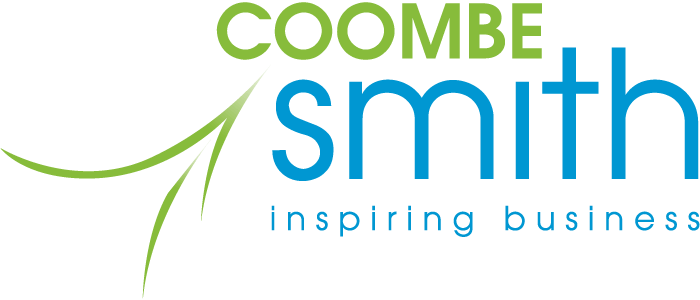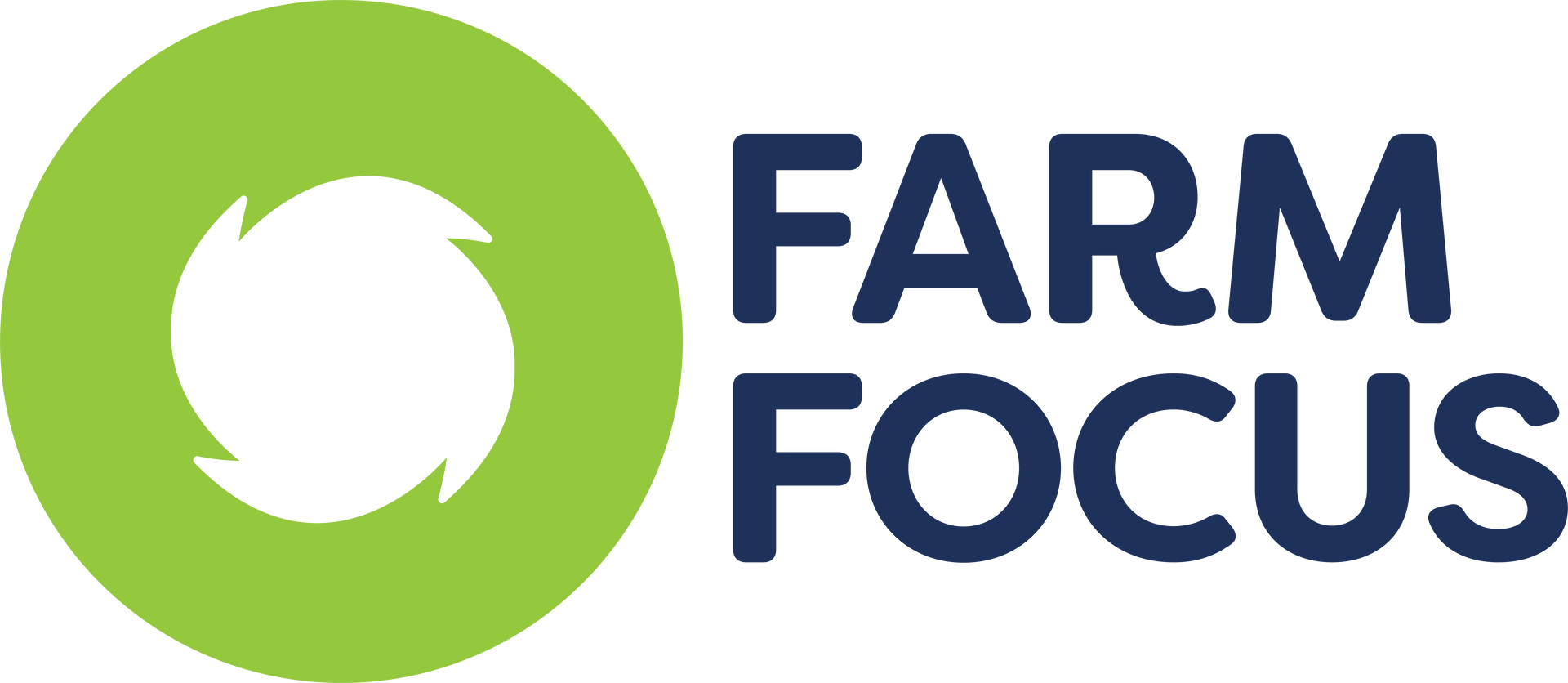A New Way of Paying Tax AIM
A New Way of Paying Tax – The Accounting Income Method
The IRD are trying to simplify Provisional Tax. They have introduced and are pushing for the "Accounting Income Method" ( AIM ). You may have heard about it.
It's coming and from the 1 April 2018 it will become available for small businesses that use IRD approved accounting software. This means you're able to pay Provisional Tax based on your business's profits. The idea is good – pay your tax when you earn the money. The detail isn't so good – the devil is in the detail.
The problem historically is that you usually make three even Provisional Tax payments in August, January and May for a March Balance date, (November, March and July for June Balance dates). This is fine if your income is consistent across the year, but a nightmare if you have a quiet patch (like the Christmas shutdown) and need to pay Provisional Tax.
To solve the problem, AIM matches your tax payments and business income during the year. This sounds good right? Not always. AIM will work well for some (a few) taxpayers but not for others. It works well for those who have a 100% tidy accounting system. If your Xero, or other approved cloud based system is in perfect shape, then it may work great. If it's messy, or out of date, stock or livestock not included, principal and interest separated amongst other things then your tax payments will be messy under AIM.
You also can't use AIM if you're operating under a partnership or Trust structure or if your turnover is more than $5m, or if you have overseas investments.
But wait there's more fish hooks to consider. When deciding whether to use AIM, it's important to remember the following under AIM:
1. Tax losses are only available when the previous year's tax return has been filed, and it ignores group offsets.
2. Livestock Farmers need to value stock at each installment date.
3. Trading Stock (what you buy and sell) needs to be included in your accounting software (this means either running a perpetual stock system, or by doing physical stock takes every 2 months).
4. Depreciation and fixed assets can skew when you are paying tax, especially when you're not doing management accounts with your GST Returns.
5. Accounts payable and receivable need to be included, note they must be already if you're doing GST on an invoice basis.
6. Private Expenditure (e.g. home office or vehicle expenditure) must be adjusted for at each installment date.
7. Shareholders Salaries become a nightmare. Most companies can pay a significant portion of the taxable profit to the shareholders using a shareholder salary. Most companies do not make any provision for shareholder salaries payable until the end of the year when the final profit is known. AIM only covers the tax payable for the company, not necessarily the shareholder's provisional tax.
8. Remember that using this method you the taxpayer are providing the IRD a mini set of financial statements every two months and therefore far more information about your business activity than is currently occurring.
Not all of these tax adjustments will apply to every taxpayer but, if the relevant tax adjustments aren't included in the tax return at each installment date, the taxpayer may end up paying an incorrect provisional tax amount.
It should be noted that penalties can apply if AIM is used inappropriately. It must be remembered that this AIM method was first floated in 2016. Since then the use of money rules have changed. See below for a commentary on the new Use of Money Interest Rules.
AIM may suit:
1. Taxpayers who have up to date accounting information on a monthly basis used to manage their business throughout the year.
2. Taxpayers whose income does not fluctuate significantly.
3. Taxpayers with income concentrated in the latter part of the income year.
4. Taxpayers with an annual steady accumulating income (that is, the business continues to make profit month to month, rather than fluctuating between profit and loss).
AIM may not suit:
1. Taxpayers who do not have robust accounting processes (using software, spreadsheets or manual accounting records).
2. Taxpayers with seasonal income concentrated in the beginning of an income year.
3. Taxpayers with large amounts of overseas income resulting in large end of year income adjustments.
4. Taxpayers with complex tax adjustments that require year end calculations.
In summary - while AIM is well intentioned, it will be more or less meaningless in practice. If you think it's for you, or if you're interested in finding out more, feel free to get in touch.
Use of Money Interest Changes
Under the previous rules, most provisional taxpayers had to pay their tax liability in 2 or 3 instalments, with interest charged (or credited) on any under (or over) payments. This meant that many taxpayers had to start estimating their year-end tax liability as early as four months into the financial year, and unexpected events could expose some taxpayers to an interest charge. Many taxpayers deliberately overpaid their first provisional tax instalment in order to avoid exposure to a future interest charge.
There was a 'safe harbour' rule which meant that interest was not usually charged when individuals had a tax liability less than $50,000, and when non-individuals had a tax liability of less than $2,500. However, filing an estimate automatically cancelled the 'safe harbour' status.
Under the new rules, this 'safe harbour' rule has been extended to $60,000, and will apply to both individuals and non-individuals. In other words, trusts and companies can now apply this rule. As before, filing an estimate will automatically cancel the 'safe harbour' status, and a new requirement is that all provisional tax instalments must be paid on time.
These new use of money interest rules lessen the interest exposure for many taxpayers who are not 'safe harbour' taxpayers. Under these new rules, interest will only be calculated from the last instalment date, and by then most taxpayers will have a good idea of what their year's tax liability will be. For taxpayers with a 31 March 2018 balance date, this means that interest will only be charged from 7 May 2018, not 28 August 2017, which could be very good news.
To qualify for this concession:
1. All but the last instalments were calculated using the standard method (the final instalment can be calculated using either the standard or estimation method), and
2. All instalments were paid on time.
This is a much fairer system for which if proactive should see the imposition of use of money interest greatly reduced.







